Are you eating the foods that are best for your eyes? Eating a diet low in fat and rich in fruits, vegetables and whole grains can help not only your heart but also your eyes. This isn’t surprising: Your eyes rely on tiny arteries for oxygen and nutrients, just as the heart relies on much larger arteries. Keeping those arteries healthy will help your eyes.
Do your eyes have all the nutrients they need to help prevent cataracts, macular degeneration, glaucoma and other sight issues?
Read on to learn which foods boost your eye health and help protect against sight-threatening diseases.
1. FISH
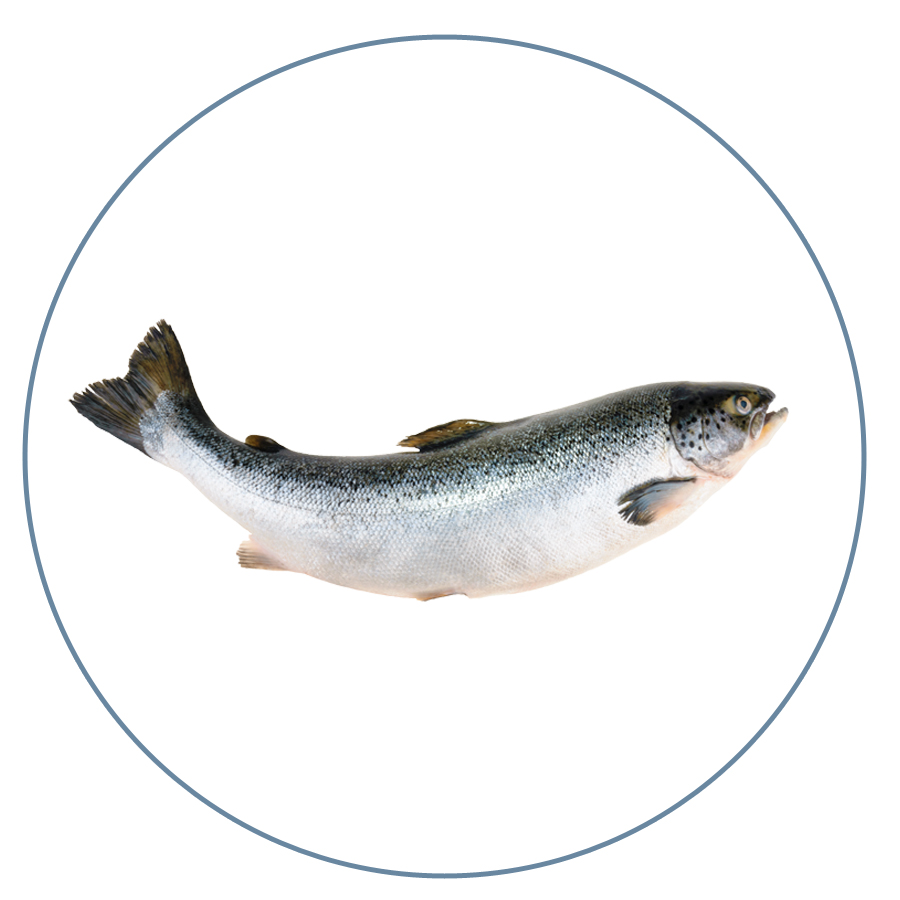
Many fish are rich sources of omega-3 fatty acids. Oily fish are fish that have oil in their gut and body tissue, so eating them offers higher levels of omega-3-rich fish oil. The fish that contains the most beneficial levels of omega-3s include:
-
-
-
- Tuna
- Salmon
- Trout
- Mackerel
- Sardines
- Herring
- Anchovies
-
-
2. NUTS & LEGUMES
 Some studies have found that fish oil can reverse dry eye, including dry eye caused by spending too much time on a computer.
Some studies have found that fish oil can reverse dry eye, including dry eye caused by spending too much time on a computer.
Nuts are also rich in omega-3 fatty acids. Nuts also contain a high level of vitamin E, which can protect the eye from age-related damage.
Nuts and legumes that are good for eye health include:
-
-
-
- Walnuts
- Brazil nuts
- Cashews
- Peanuts
- Lentils
-
-
3. SEEDS
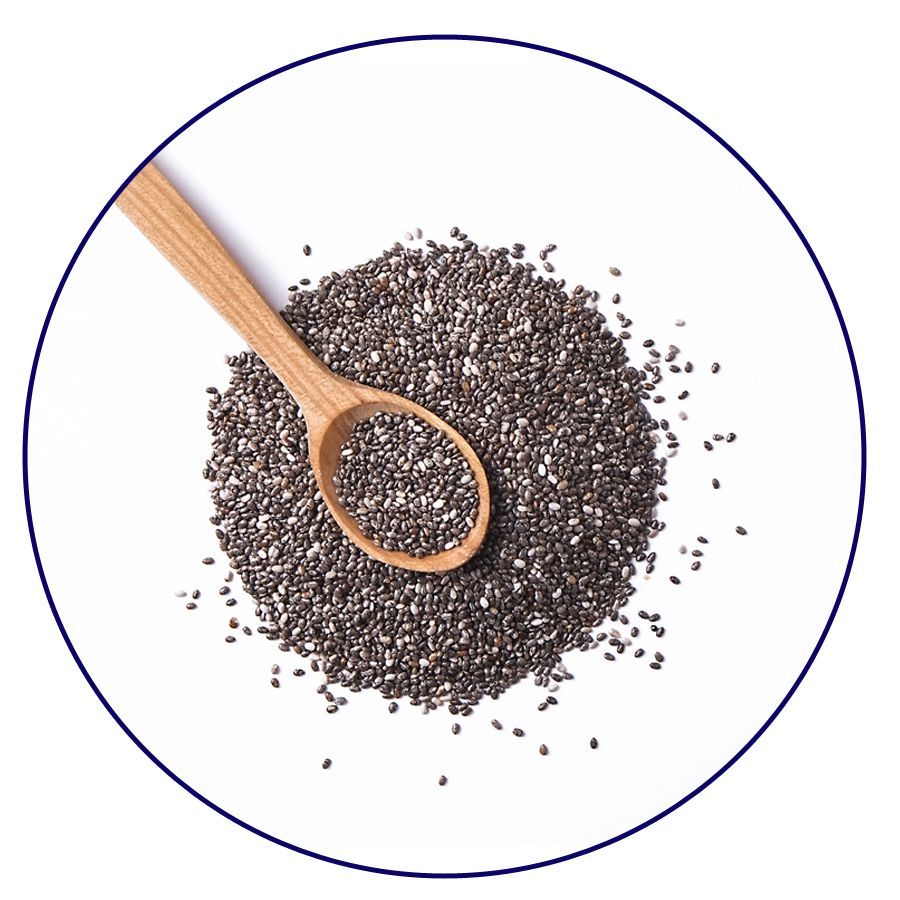 Like nuts and legumes, seeds are high in omega-3s and are a rich source of vitamin E.
Like nuts and legumes, seeds are high in omega-3s and are a rich source of vitamin E.
Seeds high in omega-3 include:
-
-
- Chia seeds
- Flax seeds
- Hemp seeds
-
4. CITRUS FOODS
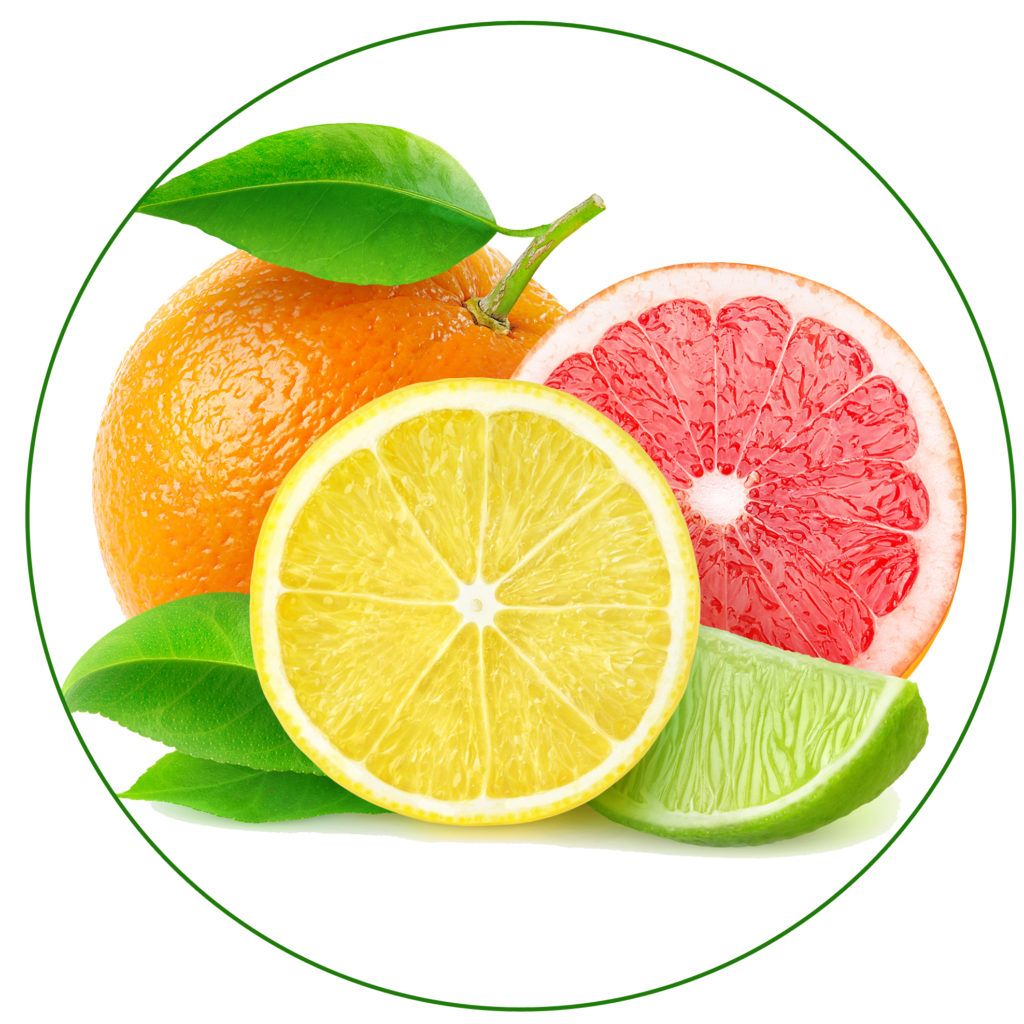 Citrus fruits are rich in vitamin C. Just like vitamin E, vitamin C is an antioxidant that is recommended to fight age-related eye damage.
Citrus fruits are rich in vitamin C. Just like vitamin E, vitamin C is an antioxidant that is recommended to fight age-related eye damage.
Vitamin C-rich citrus fruits include:
-
-
-
- Lemons
- Oranges
- Grapefruits
-
-
5. DARK LEAFY VEGETABLES
 Leafy green vegetables are rich in both lutein and zeaxanthin, can reduce the risk of age-related sight loss and are also a good source of eye-friendly vitamin C.
Leafy green vegetables are rich in both lutein and zeaxanthin, can reduce the risk of age-related sight loss and are also a good source of eye-friendly vitamin C.
Well-known leafy greens include:
-
-
-
- Spinach
- Kale
- Collards
-
-
6. CARROTS
 Carrots are rich in both Vitamin A and beta carotene. Beta carotene gives carrots their orange color.
Carrots are rich in both Vitamin A and beta carotene. Beta carotene gives carrots their orange color.
Vitamin A plays an essential role in vision. It is a component of a protein called rhodopsin, which helps the retina to absorb light.
Research on beta carotene’s role in vision is mixed, though the body needs this nutrient to make vitamin A.
7. SWEET POTATOES
 Like carrots, sweet potatoes are rich in beta carotene. They are also a good source of the antioxidant vitamin E.
Like carrots, sweet potatoes are rich in beta carotene. They are also a good source of the antioxidant vitamin E.
8. BEEF
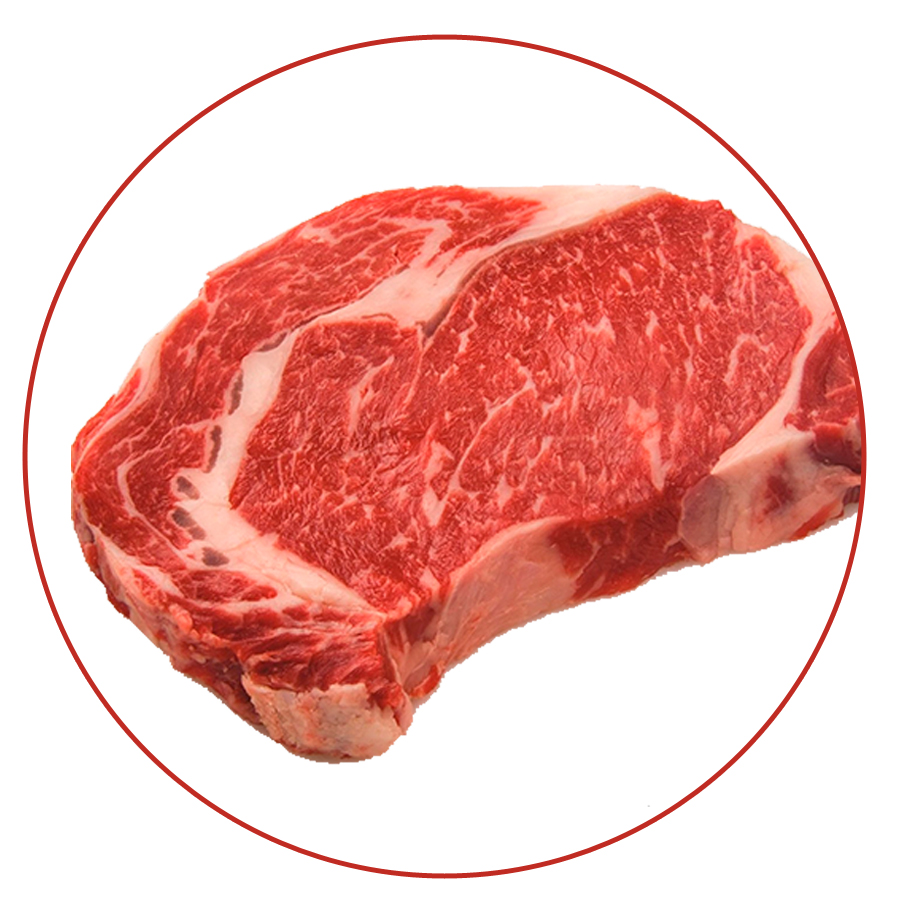 Beef is rich in zinc, which has been linked to better long-term eye health. Zinc can help delay age-related sight loss and macular degeneration.
Beef is rich in zinc, which has been linked to better long-term eye health. Zinc can help delay age-related sight loss and macular degeneration.
The eye itself contains high levels of zinc, particularly in the retina, and the vascular tissue surrounding the retina.
Meats such as chicken breast and pork loin also contain zinc, but at lower levels than beef.
9. EGGS
 Eggs are an excellent source of lutein and zeaxanthin, which can reduce the risk of age-related sight loss. Eggs are also good sources of vitamins C and E, and zinc.
Eggs are an excellent source of lutein and zeaxanthin, which can reduce the risk of age-related sight loss. Eggs are also good sources of vitamins C and E, and zinc.
10. WATER
 It may come as no surprise that a fluid essential to life is also vital to eye health.
It may come as no surprise that a fluid essential to life is also vital to eye health.
Drinking plenty of water can prevent dehydration, which may reduce the symptoms of dry eyes.
A healthy diet is essential for eye health. Maintaining a diet high in antioxidants can prevent the development of serious eye conditions and ensure your eyes work their best.
Try to eat a variety of whole, unprocessed foods on a daily basis. See your doctor if you experience problems with your eyes, as early intervention can prevent more serious conditions from developing.
Click here for eye healthy recipes – EYE COOK
Here you will find recipes that are rich with vitamins and nutrients for better vision and health!


 Step 1: Light passes through a thin layer of moisture
Step 1: Light passes through a thin layer of moisture
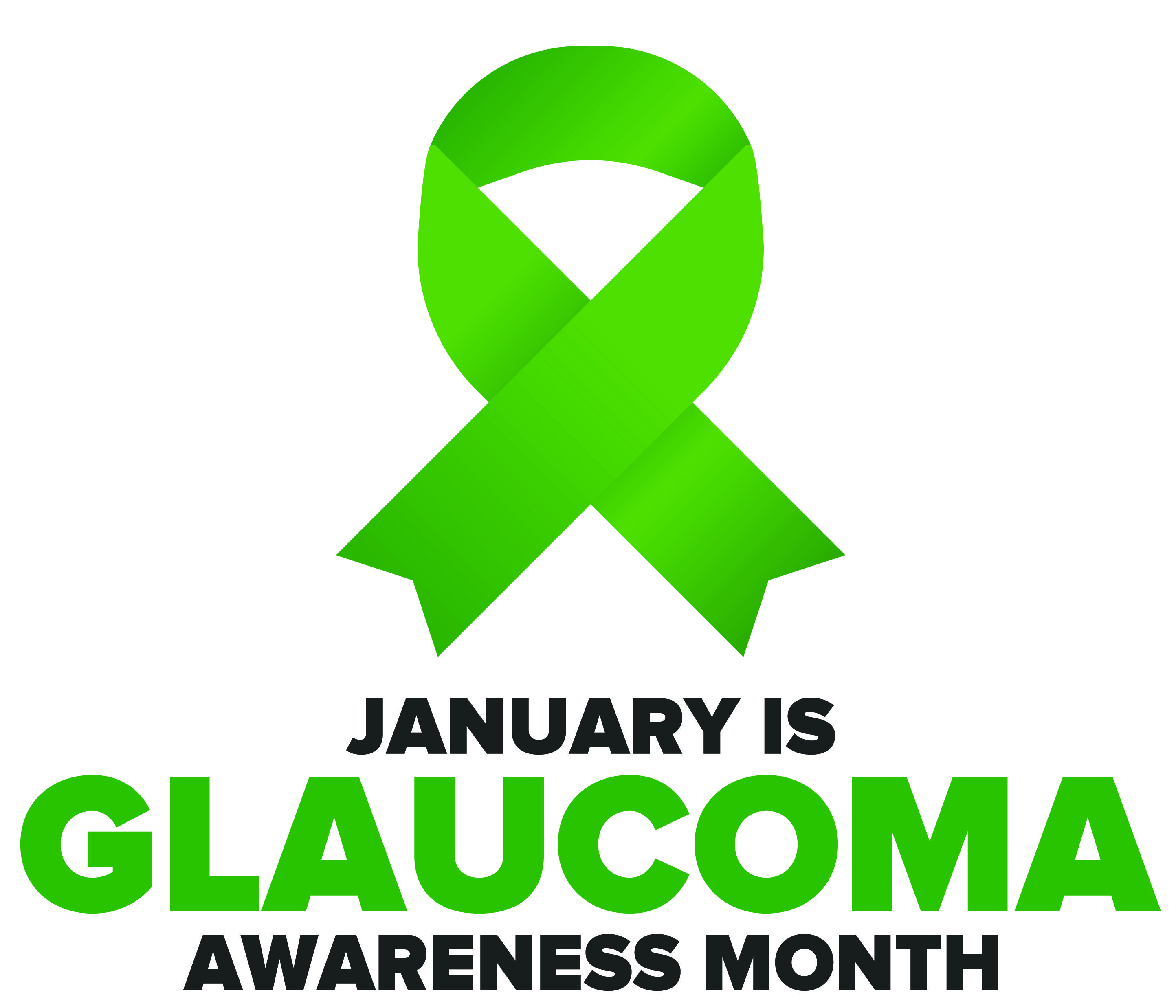 National Glaucoma Awareness Month reminds all of us to get regular eye exams and show support for those suffering from this condition.
National Glaucoma Awareness Month reminds all of us to get regular eye exams and show support for those suffering from this condition. 


 Tom Sullivan
Tom Sullivan Smartphones have opened the door to a world of possibilities, further than we could have ever imagined. While they are commonly used to communicate with others, keep up with social media, and perform simple tasks, smartphones have innovations that allow accessibility and functionality to the blind and visually impaired. With the help of a smartphone, smartwatch, or tablet, the “blind” or visually impaired can virtually “see” and become more independent.
Smartphones have opened the door to a world of possibilities, further than we could have ever imagined. While they are commonly used to communicate with others, keep up with social media, and perform simple tasks, smartphones have innovations that allow accessibility and functionality to the blind and visually impaired. With the help of a smartphone, smartwatch, or tablet, the “blind” or visually impaired can virtually “see” and become more independent. 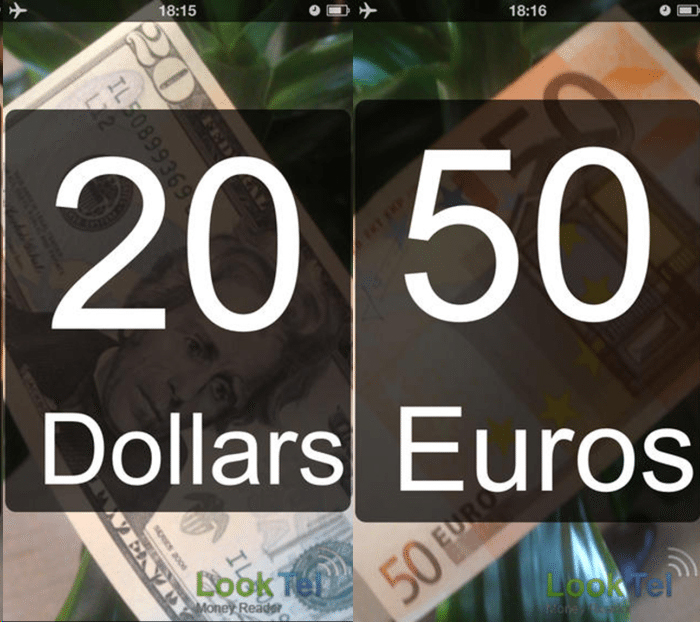

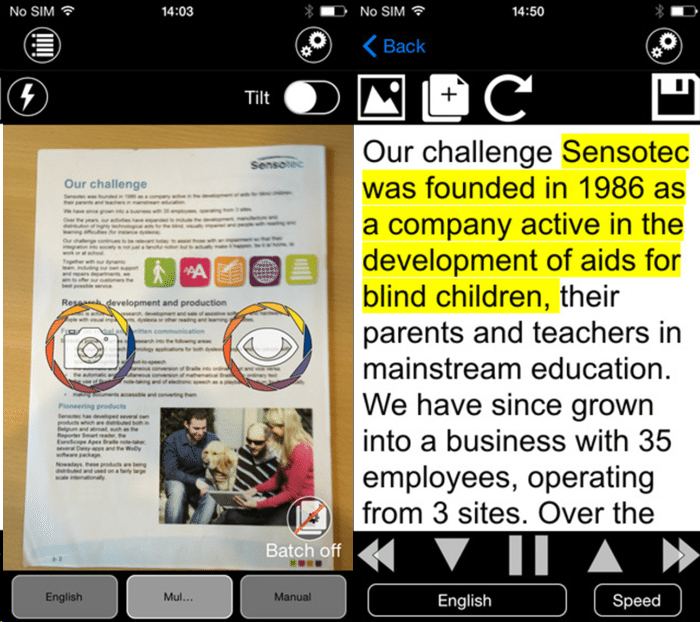

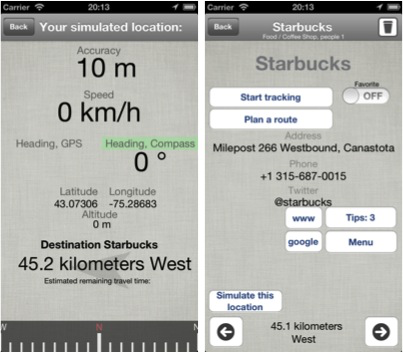
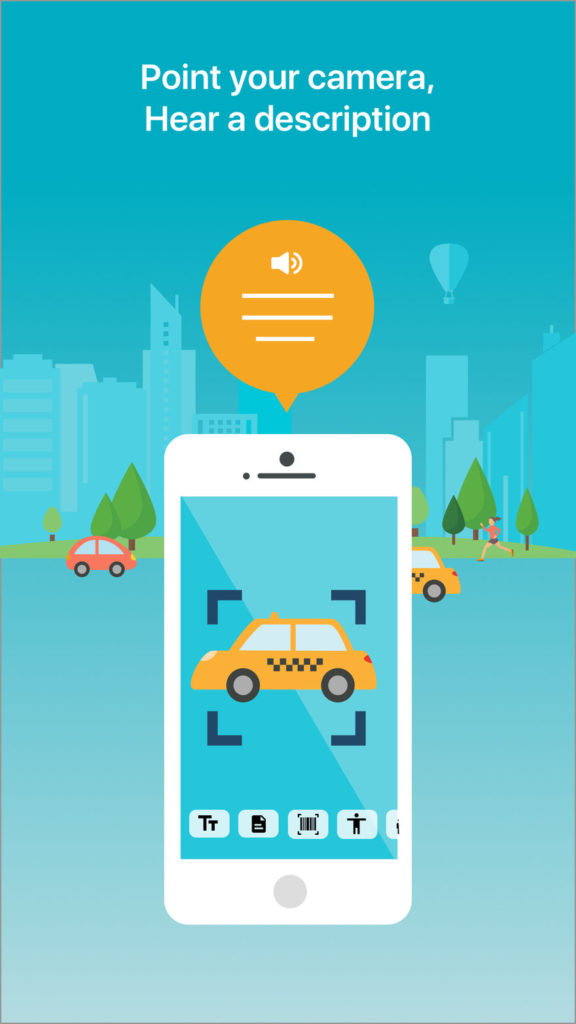

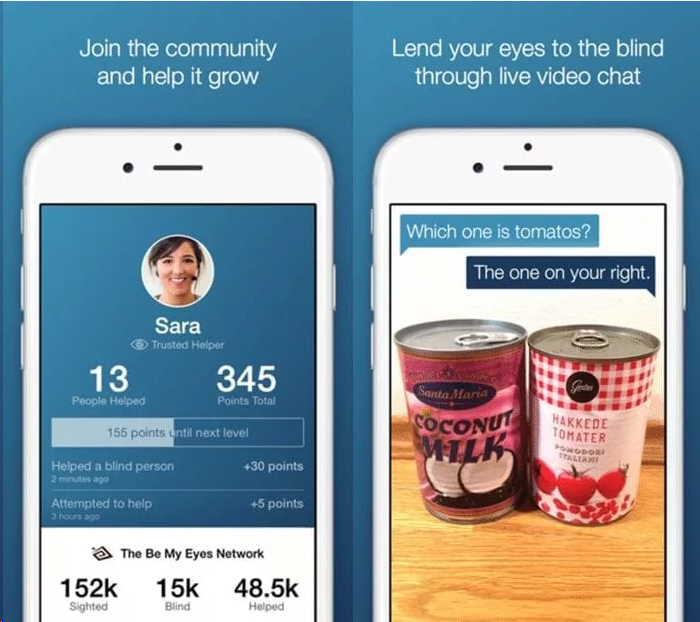
 Healthy Aging Month is an annual health observance designed to focus national attention on the positive aspects of growing older. Aging is a process that brings many changes. Vision loss and blindness, however, do not have to be one of them. There are several simple steps you can take to help keep your eyes healthy for the rest of your life.
Healthy Aging Month is an annual health observance designed to focus national attention on the positive aspects of growing older. Aging is a process that brings many changes. Vision loss and blindness, however, do not have to be one of them. There are several simple steps you can take to help keep your eyes healthy for the rest of your life.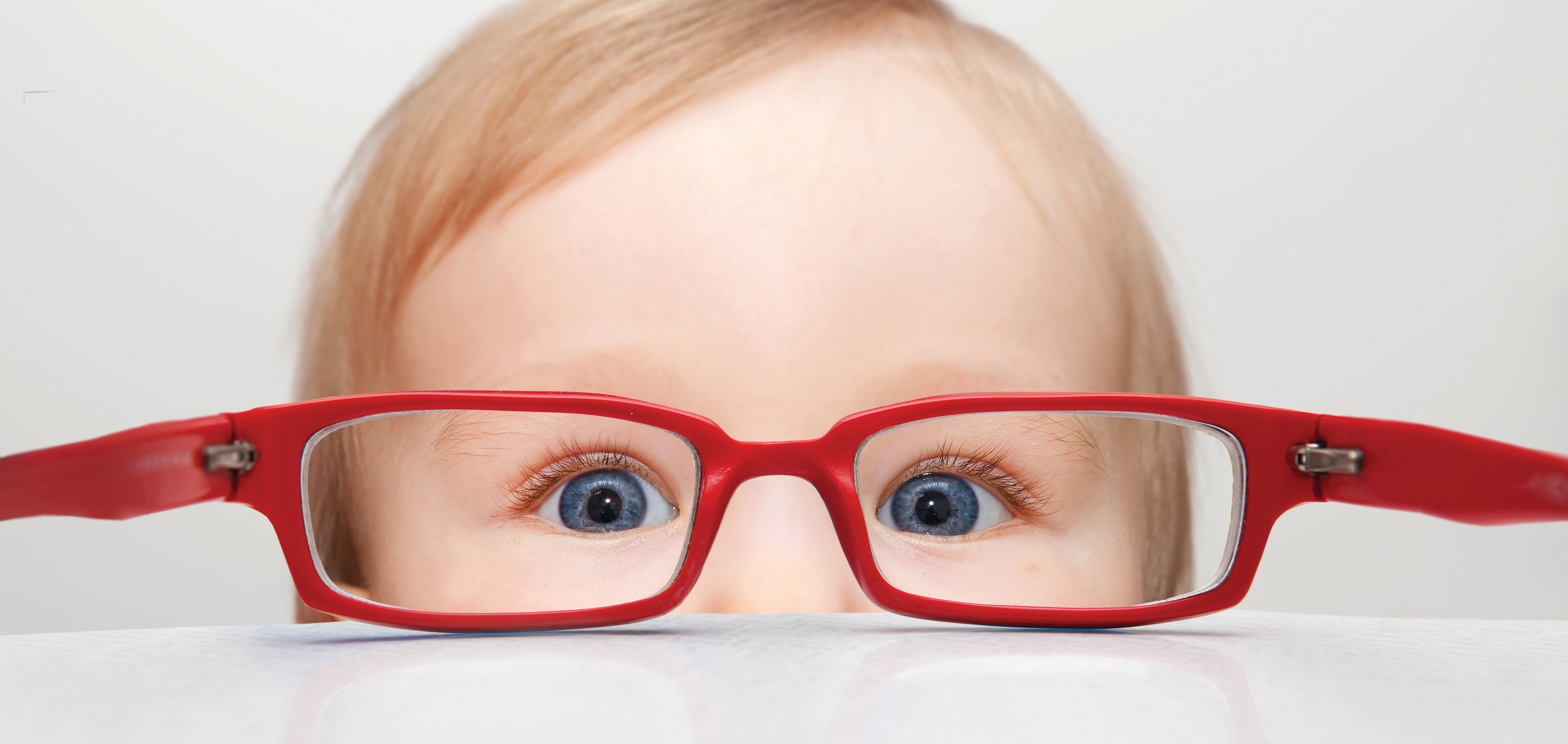

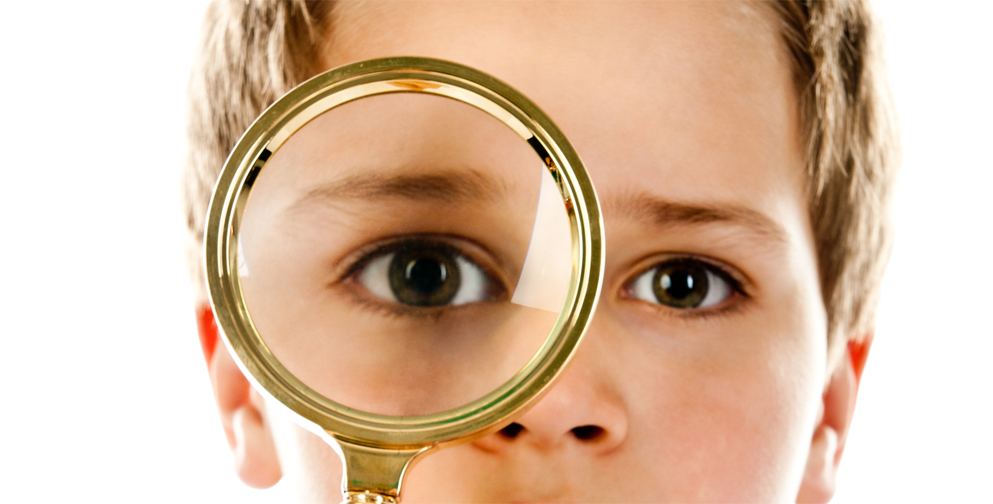 When you think of cancer, most of us do not think about the eye or vision. Though rare, cancer can start inside or outside of the eye. If cancer starts inside the eyeball it’s called intraocular and if it starts outside the eye (eyelid or in the eye socket) then it’s called extraocular tumor. It can occur in both children and adults. Most major eye centers have specialists who are trained in the diagnosis and treatment of eye cancers.
When you think of cancer, most of us do not think about the eye or vision. Though rare, cancer can start inside or outside of the eye. If cancer starts inside the eyeball it’s called intraocular and if it starts outside the eye (eyelid or in the eye socket) then it’s called extraocular tumor. It can occur in both children and adults. Most major eye centers have specialists who are trained in the diagnosis and treatment of eye cancers. At the later stage of this cancer, the only one way to survive is to remove the eyeball (enucleation). Like many of other types of cancer, retinoblastoma has a genetic component so genetic testing needs to be done. The tumor begins with the RB1 gene mutation that stimulates retinal cells to develop into a tumor called a retinoblastoma. The RB1 mutation can be inherited from the parents, but in some cases it is sporadic and not inherited. There are various treatments such as surgery, chemotherapy, radiotherapy etc. to cure retinoblastoma cancer. Rarely it can spread beyond the eye.
At the later stage of this cancer, the only one way to survive is to remove the eyeball (enucleation). Like many of other types of cancer, retinoblastoma has a genetic component so genetic testing needs to be done. The tumor begins with the RB1 gene mutation that stimulates retinal cells to develop into a tumor called a retinoblastoma. The RB1 mutation can be inherited from the parents, but in some cases it is sporadic and not inherited. There are various treatments such as surgery, chemotherapy, radiotherapy etc. to cure retinoblastoma cancer. Rarely it can spread beyond the eye. 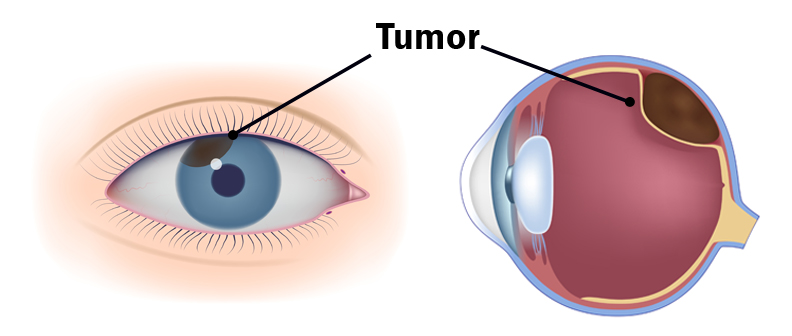

 UV Protection – Sunglasses for children should block 100% of UV radiation as well as between 75 – 90% of visible light. Any sunglasses you buy should have this information provided in the packaging
UV Protection – Sunglasses for children should block 100% of UV radiation as well as between 75 – 90% of visible light. Any sunglasses you buy should have this information provided in the packaging